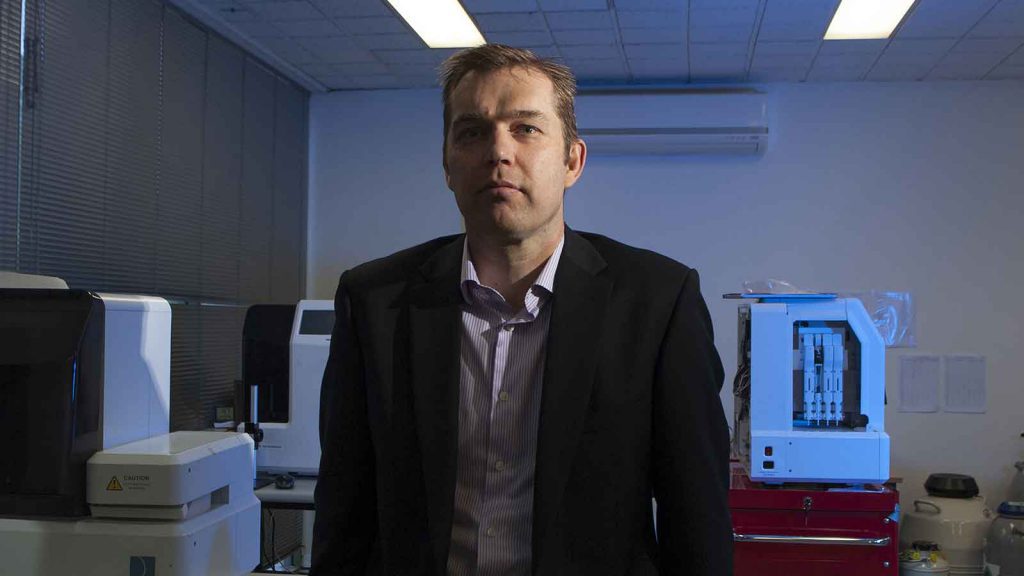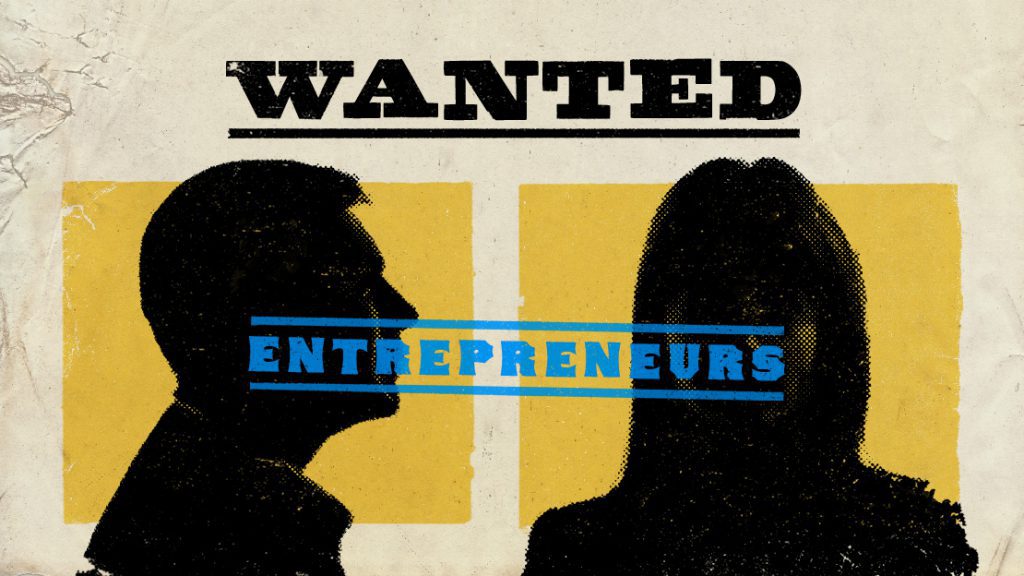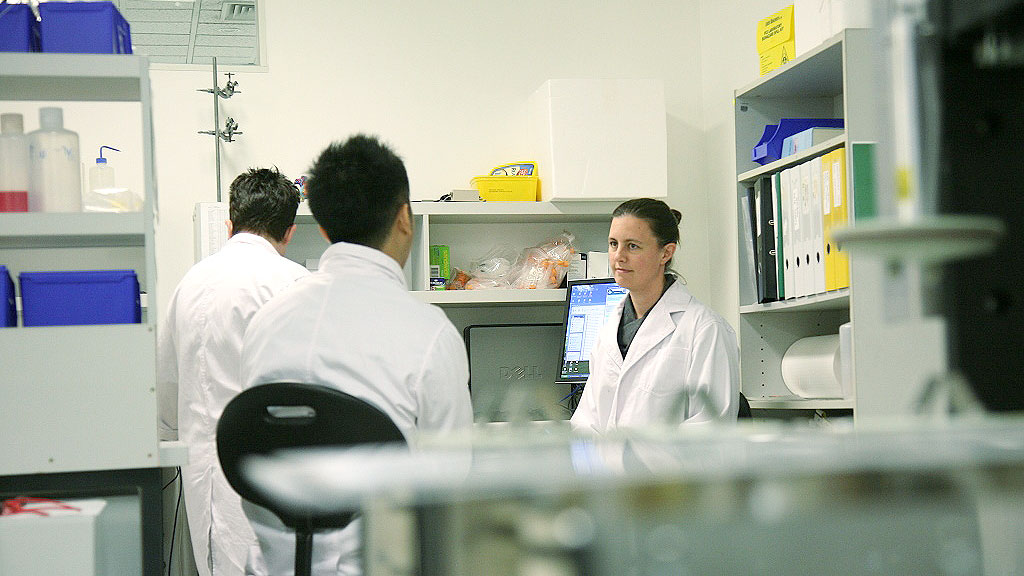
Innovation has become somewhat of a buzzword in recent times. Lots of companies want to be innovative, but very few actually are.
To help businesses set the foundation for innovation, the American Chamber of Commerce in Melbourne invited PI – three-time winner of Australia’s Most Innovative Company – to share some secrets on how to create an innovative company.
Addressing an attentive crowd at law firm Hall & Wilcox’s central Melbourne offices, our Co-CEO and Co-founder Stuart Elliott offered insight into three fundamentals that organizations need to get right if they are serious about innovation.
1. Spotlight on your customers
Before you start innovating, you need to take the time to really understand your customers’ needs. You need to explore the problem, rather than jumping to a solution. PI has an innovation process, known as the B.R.I.G.H.T. process, which spends half the time focused on understanding the problem. Most companies spend far less time on the problem, and often end up creating products that are not fit for purpose.
“We’ve found that taking the time to gain that insight is often the difference between success and failure,” Stuart said.
“So before you pull out the post-it notes and start brainstorming, make sure you really understand your customer. Get out and talk to them, find out about their problems and pain points.”
2. Freedom to explore
It may sound counter-intuitive, but the thing that makes your business successful, also stops you from taking risks and being innovative. Most businesses, quite rightly, don’t want to jeopardize their brand and customers by taking risks on core products or services.
“If you’re operating within the constraints of your business – whether it’s process, or booking billable hours, or a commitment to overnight parcel delivery every time – those constraints actually stop you from taking risks, and for good reason. But they also stop you finding your way to an innovative solution,” Stuart said.
“The world’s most innovative organizations have created techniques that separate the innovative parts from the core business. This allows them to take some risks and give employees some freedom to fail, without being held back by well entrenched processes or jeopardizing the existing brand or customer experience.”
3. Diversity of thinking
To create an innovative culture, you need to bring together people with different skills, backgrounds, and approaches. This doesn’t mean just gender or ethnic diversity, but diversity of thinking. For example, have scientists, designers, engineers and doctors all work together on creating new medical products. Encourage collaboration across departments and avoid silos.
“Sometimes in consulting, it’s inevitable that you’ll have a lot of people with very similar skills – law firms have lawyers, engineering consultants have engineers. In that case, make sure they get out there and talk to customers – don’t lock them away,” Stuart said.
“I know of one big US company that put their sales team in Chicago, engineers and R&D in California, and operations and manufacturing in Mexico. I bet those engineers never saw customers, and probably rarely visited manufacturing. There could not be a better format to stifle innovation.”
Summary
If you want to build a truly innovative company, Stuart said, you need to get three things right. First, focus on your customers, and gain a thorough understanding of their problems before you start innovating. Second, make sure your business is set up in such a way that people have the freedom to explore new ideas, and the freedom to fail. Third, bring together people with diverse ways of thinking – this meeting of minds is where creativity and innovation happen. If you get these three elements right, you’ll create the groundwork for innovation to flourish.
If you would like to know more about processes for uncovering deep customer insights, techniques for giving employees freedom, or would just like to shake up the thinking in an organization, please get in touch.








